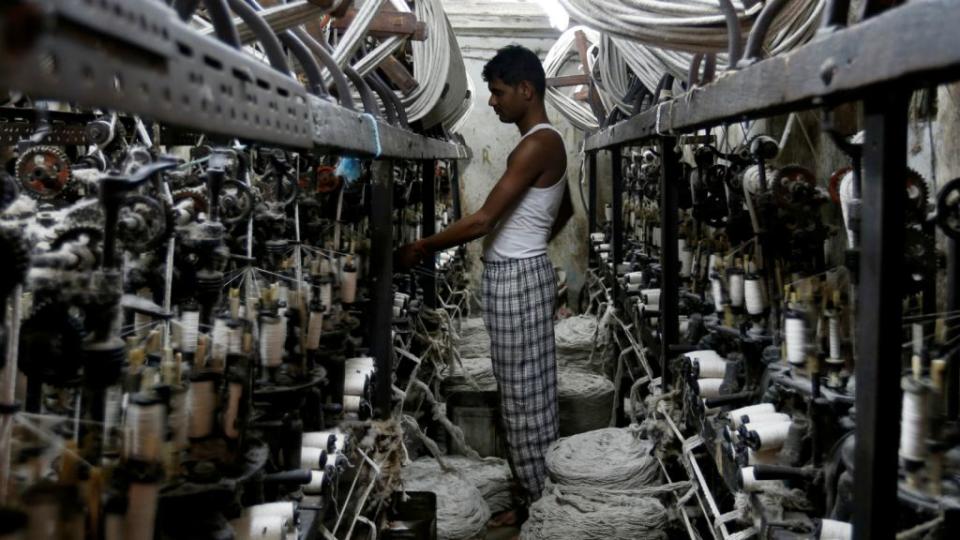India’s GDP growth slowed to 7.1% in the historic year of demonetisation

The data is in: While India remains one of the world’s fastest-growing major economies, the currency ban in November 2016 did take some steam out of its growth engine.
India’s GDP grew at 7.1% in 2016-17, the country’s Central Statistics Office (CSO) said on May 31. In the last quarter of 2016-17 (January-March), it grew at 6.1%, compared to 7% in the previous quarter. Asia’s third-largest economy had grown at 8% in 2015-16, according to the government’s revised estimates.
“The lower-than-anticipated fourth quarter GDP number reflects the lingering impact of demonetisation,” Shubhada Rao, chief economist at Yes Bank, told Reuters.
The cash crunch that resulted from Narendra Modi’s ban on Rs1,000 and Rs500 denomination notes slowed down major industries in India. The numbers show that the key sectors that propel growth such as cement, steel, and infrastructure are still suffering.
“It looks pretty tepid. GVA (gross value added) at 5.6% is weak, except for public administration and some bit on agriculture. Everything else is very, very weak. Manufacturing is pretty tepid, construction continues to remain very weak despite all the things the government has been saying. It’s not looking good. The numbers are not at all good,” Anjali Verma, economist at PhillipCapital, told Reuters.
There is a silver lining, though: Economists say these numbers are closer to the ground reality than the previous ones.
Critics had slammed the government’s estimates last quarter, saying they did not capture the impact of the currency ban accurately. “Effectively, what the CSO’s statisticians are telling us is that demonetisation had no impact on the economy, and the trajectory of economic activity in the quarter in which it occurred continued exactly the same as it would have done anyway,” Jayati Ghosh, a professor with the New Delhi’s Jawaharlal Nehru University, wrote in March 2017, after the quarterly estimates were released.
Meanwhile, with the goods and services tax (GST)—the biggest tax reform India has seen—set to be implemented from July 01, estimates for the future are on the higher side. The GST implementation, which provides for one umbrella tax in place of various state and central taxes, could boost GDP growth by some 4.2%, researchers at the US Federal Reserve have estimated.

Sign up for the Quartz Daily Brief, our free daily newsletter with the world’s most important and interesting news.
More stories from Quartz:

 Yahoo Finance
Yahoo Finance 